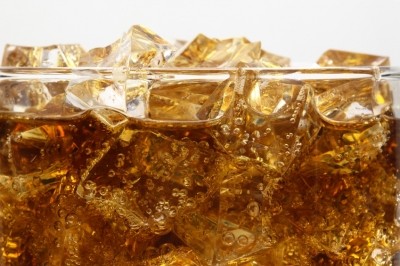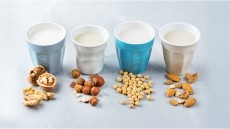Chinese beverage makers drop the sugar
growingproducts in China's drinks sector this year.
Industry associations and companies say that high sugar prices have forced themto look at new product development, and the result typically leads to a beverage with reduced sugarcontent.
"Sugar-free beverages are expected to become the new stars in this market,which coincides with consumers' higher awareness of a healthy diet.
Tea and herbal drinks willalso be more popular for the same reason," Wang Wenzhe, president of the China National FoodIndustry Association told AP-Foodtechnology.com.
China's beverage sector is one of the most dynamic of the overall food andbeverage industry, with total production of almost 40 million metric tonnes in 2006, increasing by18 per cent compared with 2005.
But while carbonated beverages account for the majority 23.8 per cent of thisvolume, this share is expected to decline, just as it has in other mature markets in the west.
"Carbonated beverages have been in the lead for a very long time, but asconsumers become more concerned about health and the quality of what they drink, carbonated drinksare not as popular as before, while juice and low-sugar or sugar-free products are catchingpeople's attention," explained Zhao Yali, secretary general of the Chinese Beverage IndustryAssociation.
Most low sugar and sugar free beverages that are currently available in theChinese market are tea drinks, added Zhao.
Both Uni-President and Master Kang have low sugar andsugar free jasmine tea and may flower tea.
Wahaha, part-owned by French group Danone, has alow-sugar green tea drink.
"Currently, the consumption of tea drinks per person in China is 1.4 metrictonnes which is only 4 per cent of Japan, indicating a huge potential market," said Zhao.
The association predicts that by 2010, total annual output of the beverageindustry will reach 68 million metric tones, of which carbonated beverage will only account for 18per cent, while juice and juice beverages will make up 14 per cent and tea drinks 15 per cent (upfrom 8.9 per cent currently).
High sugar prices, both on the domestic and global market, have had asignificant contribution to the emergence of low-sugar and sugar-free beverages.
Sugar now makes upabout 20 per cent of the production cost of beverages, according to one producer, so reducing theamount of the ingredient allows companies to lower costs.
However most Chinese consumers are now used to sugary drinks and industry hashad to work hard to convince them to adapt to the new sugar-free varieties.
"The problem with a market that is new is that it takes time for consumers toaccept that type of product, so we have invested a large amount of money in commercials, advertisingand other kinds of promotion in order to get consumers familiar with our brand," said one employeewith Nongfu Spring, which launched a sugar-free tea drink last year.
"Other companies, such as Master Kong and Uni-President, are doing thesame."
Additionalreporting by Pan Yan














